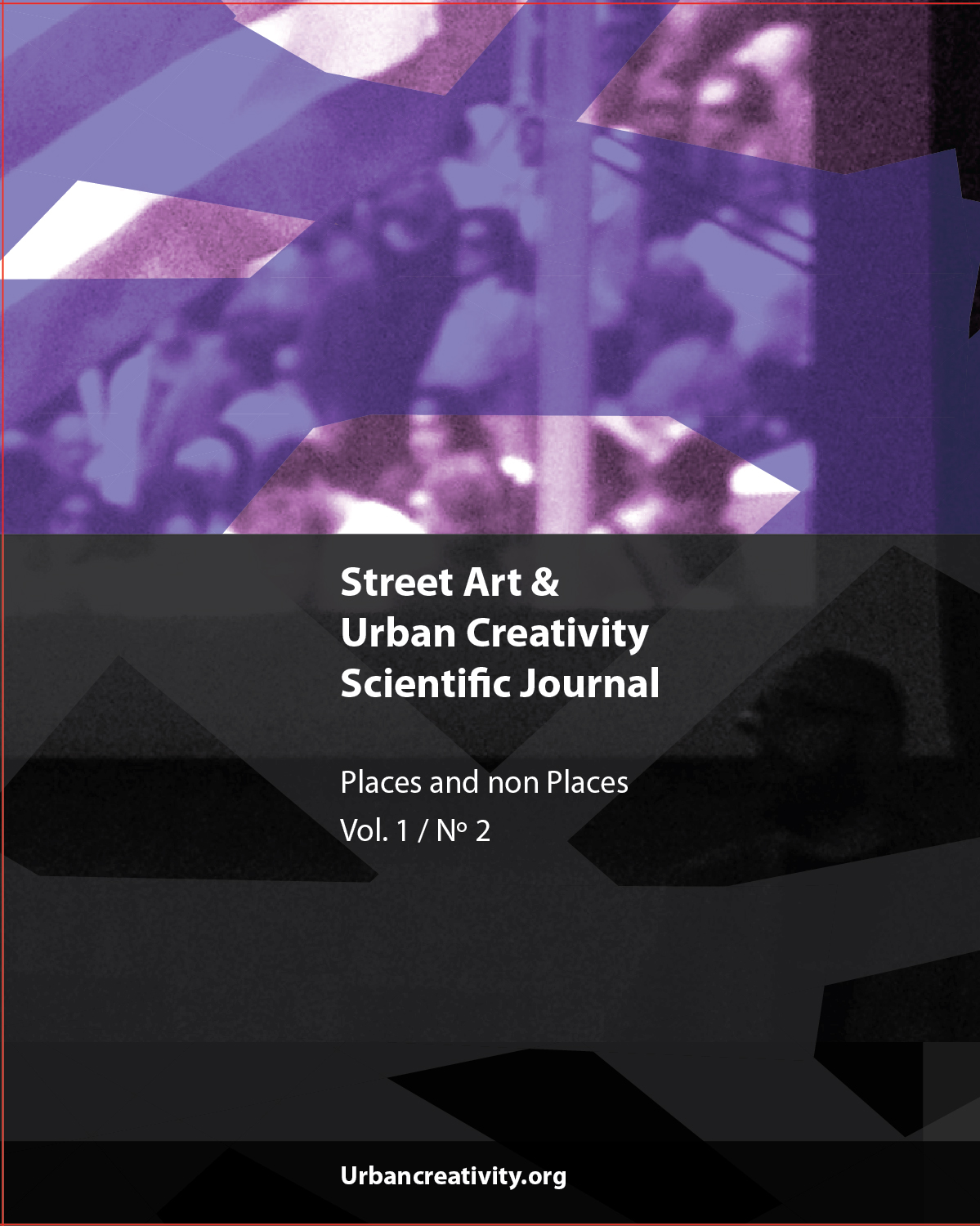Preserving Urban Heritage and Creativity:
The Reuse of the AXA Building in Porto
DOI:
https://doi.org/10.25765/sauc.v1i2.24Abstract
This article addresses the interaction between urban regeneration and cultural policies. Planning and developing urban transformation may foster positive and experience design through the experience economy, targeting a cohesive cultural narrative and identity. The discussed case study discussed here concerns the reuse of the AXA Building in the historic center of the city of Porto, in Portugal, as an alternative to classical integrated urban cultural policy and the promotion of free access dynamic leisure activities. In this case, the reuse of a historical building resulted from a hybrid project. Characterized by fusion, the design combined urban rehabilitation, heritage conservation and maintenance, cultural institutions, environments and experiences, social interaction, recreation, and programs aimed at improving the quality of life of both residents and visitors.
Downloads
Global Statistics ℹ️
|
162
Views
|
126
Downloads
|
|
288
Total
|
|
Downloads
Published
How to Cite
Issue
Section
License
Copyright (c) 2015 Street Art & Urban Creativity

This work is licensed under a Creative Commons Attribution-NoDerivatives 4.0 International License.
Those authors who publish in this journal accept the following terms:
-
Authors retain copyright.
-
Authors transfer to the journal the right of first publication. The journal also owns the publishing rights.
-
All published contents are governed by an Attribution-NoDerivatives 4.0 International License.
Access the informative version and legal text of the license. By virtue of this, third parties are allowed to use what is published as long as they mention the authorship of the work and the first publication in this journal. If you transform the material, you may not distribute the modified work. -
Authors may make other independent and additional contractual arrangements for non-exclusive distribution of the version of the article published in this journal (e.g., inclusion in an institutional repository or publication in a book) as long as they clearly indicate that the work was first published in this journal.
- Authors are allowed and recommended to publish their work on the Internet (for example on institutional and personal websites), following the publication of, and referencing the journal, as this could lead to constructive exchanges and a more extensive and quick circulation of published works (see The Effect of Open Access).













